A Grand Tour in Miniature: The 500-Year History of Dollhouses
Far more than simple playthings, dollhouses are miniature worlds brimming with history, artistry, and societal reflection. They are time capsules, capturing the architecture, decor, and domestic ideals of their eras. Join us as we unlock the tiny doors to the past and explore the fascinating evolution of the dollhouse, from its origins as a wealthy adult’s curiosity to its cherished place in the modern playroom.
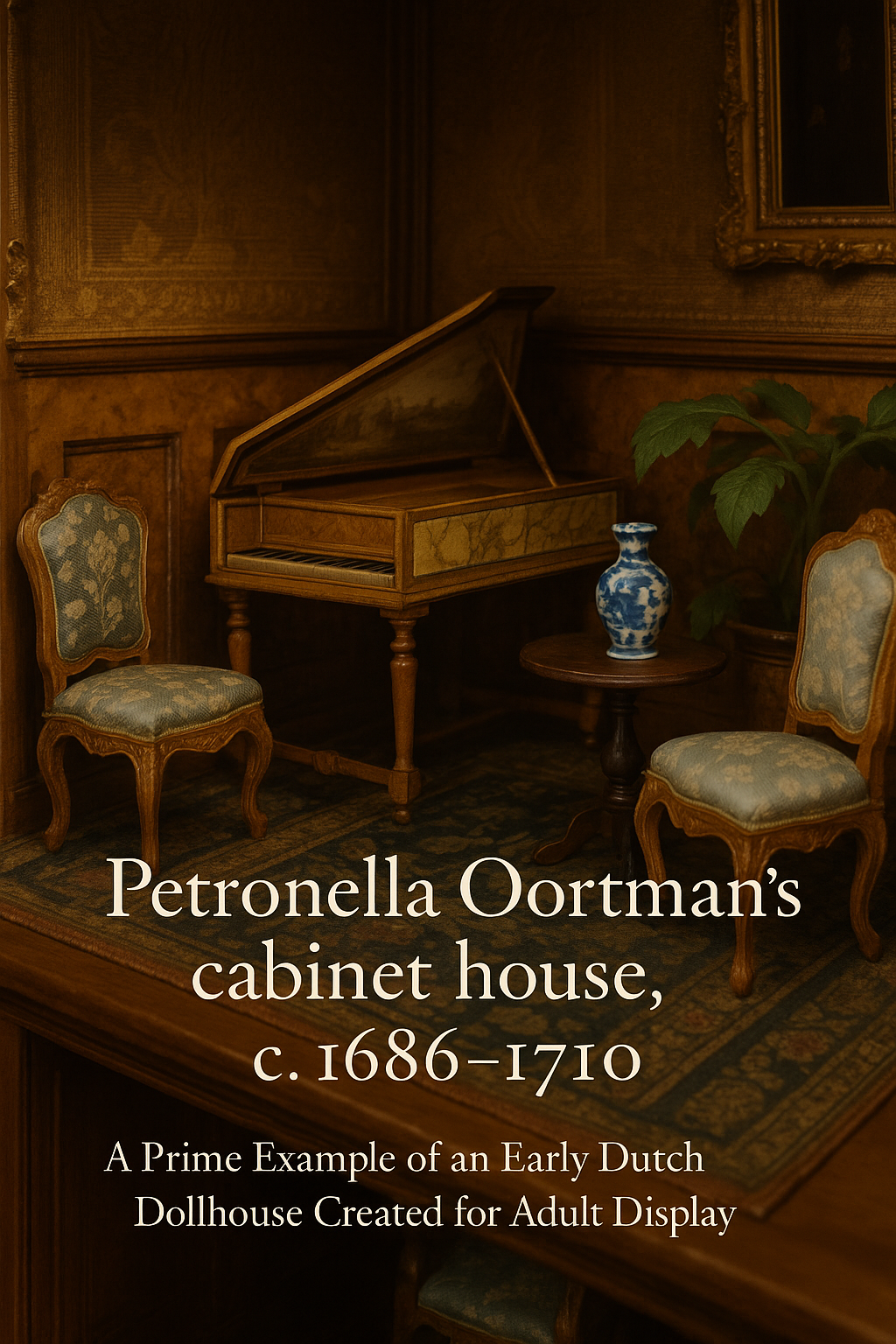
Petronella Oortman’s cabinet house, c. 1686–1710, is a prime example of an early Dutch dollhouse created for adult display.
Key Historical Insights
- Adult Origins: The first dollhouses in the 16th and 17th centuries were not for children, but were elaborate “cabinet houses” or “baby houses” for wealthy European adults to display their status.
- Educational Tools: By the 18th century, dollhouses shifted to become tools for teaching young girls the principles of household management and domesticity.
- The Victorian Boom: The Industrial Revolution in the 19th century made dollhouses more accessible, turning them into popular toys for children, especially during the Christmas season.
- 20th Century Modernization: Architectural and design trends of the 20th century, from Art Deco to Mid-Century Modern, were reflected in dollhouse styles.
- A Modern Hobby Renaissance: Today, dollhouse creation is a thriving hobby for adults, focused on hyper-realistic miniatures, customization, and online communities.
The Dawn of Miniatures: 16th- & 17th-Century “Baby Houses”
The story of the dollhouse begins not in a child’s playroom, but in the opulent drawing rooms of 16th-century Germany and Holland. The earliest known examples were not called “dollhouses” but rather “cabinet houses” or, in England, “baby houses” (from an old English word for ‘doll’). These were not toys. They were handcrafted, breathtakingly expensive display pieces commissioned by wealthy matrons.
In 1557, Duke Albrecht V of Bavaria commissioned a miniature replica of a ducal residence. This monumental work, which took years to complete, was so detailed and costly that it was considered a treasure of the state. It was a status symbol, a “conversation piece” meant to showcase wealth and an appreciation for fine craftsmanship. Every item within—from tiny silver plates to silk-upholstered chairs—was a perfect, functional replica made by the same master artisans who created the full-sized versions.
“These early cabinet houses were essentially a ‘world in miniature.’ They were less about play and more about possession and display—a way for the wealthy to curate and control a perfect, idealized version of their own domestic world.”
In the Netherlands, these cabinet houses were often housed in large cabinets with doors that opened to reveal rooms filled with meticulously detailed furnishings. A famous surviving example is the dollhouse of Petronella Oortman, now in the Rijksmuseum in Amsterdam. It cost as much as a full-sized townhouse along a real Amsterdam canal. The attention to detail was astounding, with functioning drawers, hand-painted porcelain, and even miniature paintings on the walls by real artists. These were adult hobby projects, a testament to a society that valued domestic order and material wealth. The focus was often on the linen press and the kitchen, showcasing the owner’s command of a well-run household. Anyone seeking modern inspiration for these critical rooms can find amazing dollhouse kitchen ideas that echo this historical importance.
The Age of Education: The 18th-Century Shift
As the 18th century dawned, the purpose of the dollhouse began to evolve. While still largely the domain of the wealthy, they transitioned from being adult curiosities to educational tools for young girls. These “Nuremberg Kitchens,” typically single-room models of a kitchen, were used to teach girls the proper way to run a household. They contained all the necessary pots, pans, and utensils in miniature form, allowing mothers and governesses to provide hands-on lessons in domestic management.
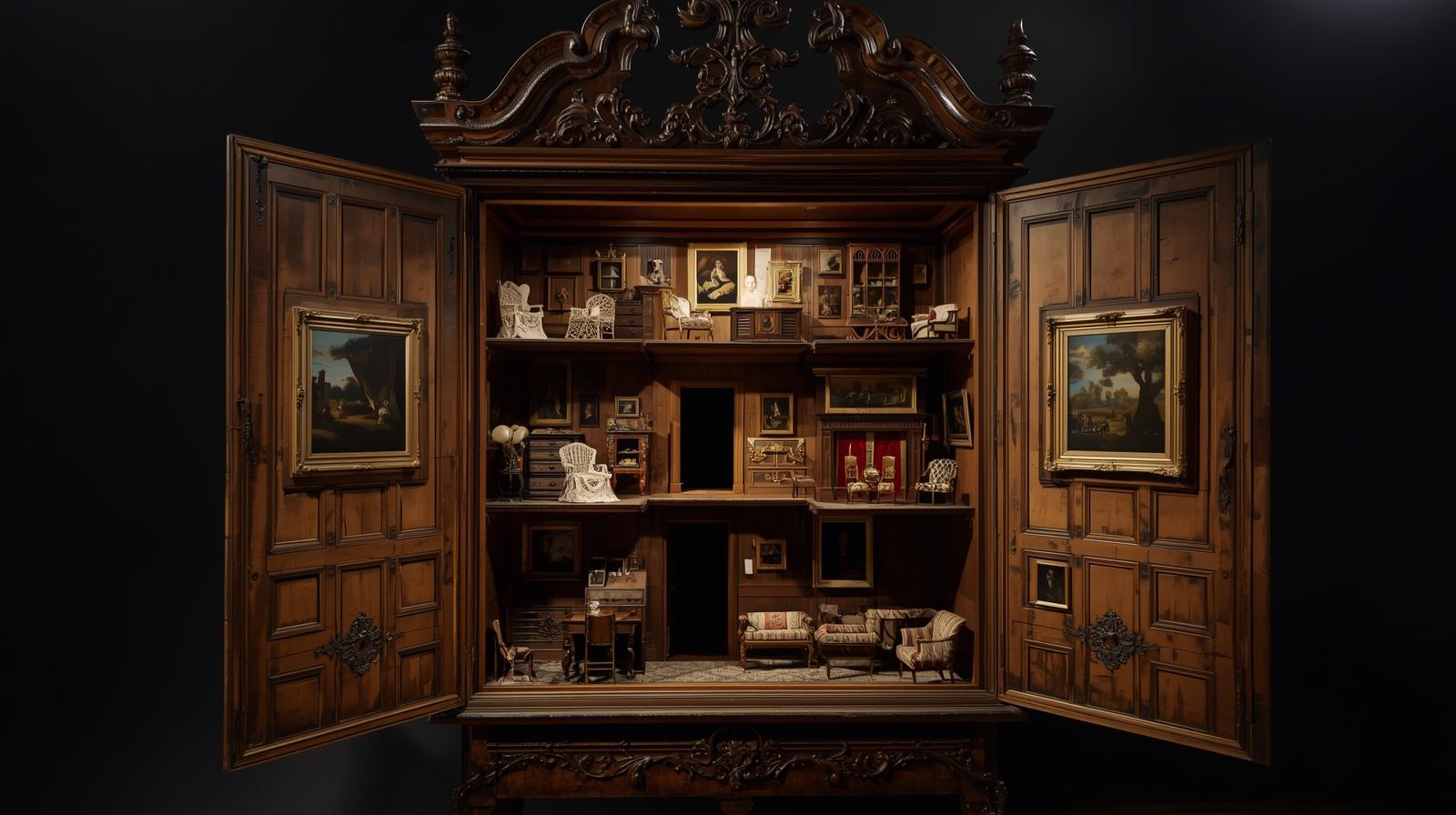
The Tate Baby House (1760) exemplifies the English style, used to teach girls about household management.
In England, the cabinet-style house gave way to replicas of contemporary townhouses, often with a facade that opened to reveal the rooms inside. These were still incredibly detailed and expensive, but their primary function was instruction. A girl would learn where to place furniture, how to direct miniature servants, and the principles of social etiquette. Playing with a dollhouse was a rehearsal for her future role as the mistress of a grand home. It was a structured activity, closely supervised by adults, designed to instill the values of order, cleanliness, and social grace.
The Golden Age: Victorian Era and Mass Production
The 19th century, particularly the Victorian era, marks the true golden age of the dollhouse. The Industrial Revolution changed everything. New manufacturing techniques and the rise of a prosperous middle class meant that dollhouses were no longer exclusively for the aristocracy. Companies in Germany, England, and America began to mass-produce dollhouses and their furnishings.
German manufacturers like Moritz Gottschalk, Christian Hacker, and Märklin became world leaders, producing a vast array of styles that were exported globally. These houses mirrored the ornate, decorative, and often cluttered aesthetic of the Victorian period. They featured bay windows, intricate balconies, and lavishly printed wallpapers. This was the era when the dollhouse firmly entered the realm of childhood. It became the ultimate Christmas gift, a dream for children on both sides of the Atlantic.
The furniture inside became just as important as the house itself. You could purchase entire sets of parlor furniture, bedroom suites, and kitchen appliances. The level of detail was incredible, fostering hours of imaginative play. Children could now create their own narratives, arranging and rearranging the contents of their miniature homes. Finding the perfect pieces to create a cozy scene, like those found in these dollhouse bedroom ideas, became a central part of the play experience. The hobby of collecting the best dollhouse furniture truly began in this period, a tradition that continues to this day.
Bring History Home: Curated Dollhouse Kits & Accessories

Greenleaf Victorian Dollhouse Kit
Capture the golden age with this intricate, laser-cut Victorian-style dollhouse kit. Perfect for the dedicated hobbyist wanting a truly authentic piece.
View on Amazon
KidKraft Majestic Mansion Dollhouse
Representing the 20th and 21st century, this large, modern mansion is perfect for play and comes with a full set of colorful furniture.
View on Amazon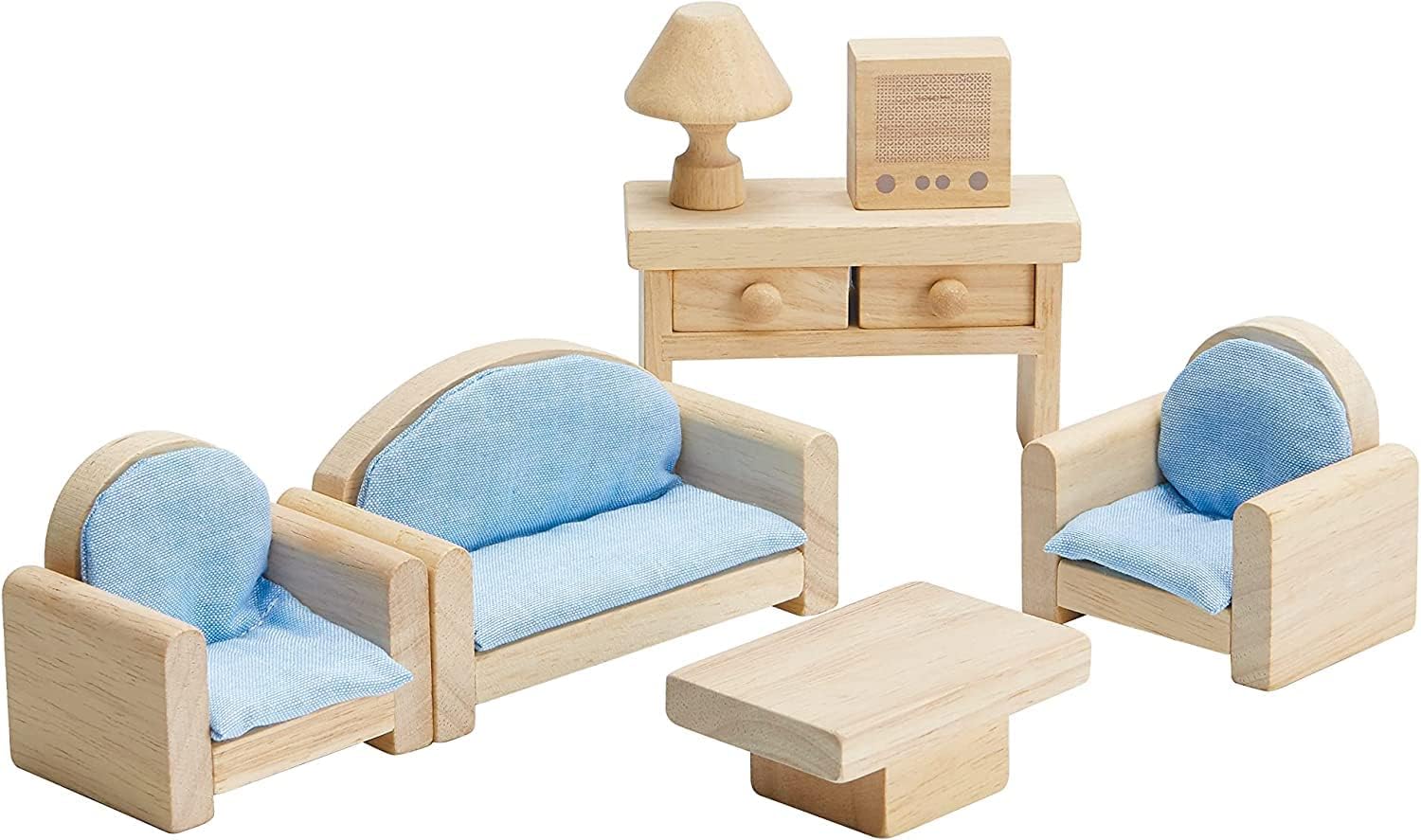
Classic Wooden Furniture Set
A perfect starter set with classic wooden furniture for every room. Ideal for furnishing a new dollhouse or upgrading an old one.
View on AmazonA Century of Change: The 20th-Century Dollhouse
The 20th century saw dollhouses reflect the radical shifts in modern architecture and lifestyle. The ornate fussiness of the Victorian era gave way to simpler, cleaner lines. After World War I, dollhouses began to mimic the suburban homes that were becoming increasingly common. Companies like the American firm TynieToys and the UK’s Tri-ang produced houses that were recognizable and relatable to the children playing with them.
The post-World War II era brought another major change: plastic. While traditionalists clung to wood, plastic allowed for brighter colors, new shapes, and even more detailed accessories at a lower cost. The iconic Barbie Dreamhouse, first introduced in 1962, was a game-changer. It wasn’t about historical accuracy; it was about aspiration, glamour, and a modern, independent lifestyle.
Architectural movements were mirrored in miniature. You could find Art Deco dollhouses in the 1930s and later, sleek, Mid-Century Modern designs with open-plan layouts and minimalist furniture. Technology also began to creep in. The Swedish company Lundby was a pioneer in adding electrical wiring, allowing for tiny, functioning lamps in every room. This innovation brought a new level of realism and magic, a feature hobbyists now perfect with a dedicated dollhouse lighting kit.
The Modern Renaissance: Dollhouses in the 21st Century
Today, the world of dollhouses is more diverse than ever. On one hand, they remain a beloved children’s toy, encouraging imaginative play and storytelling. On the other hand, there has been a massive resurgence in dollhouse creation as a serious hobby for adults.
The internet and social media have connected a global community of miniaturists who share their incredible creations. These are not just houses; they are hyper-realistic works of art. Hobbyists, known as “miniaturists,” painstakingly recreate everything from weathered brickwork to tiny, edible-looking food. The goal is often realism, capturing a specific moment in time or a particular aesthetic with breathtaking accuracy. The market for high-end, artisan-made dollhouse accessories has exploded, with artists specializing in everything from miniature books with actual text to tiny, hand-blown glass vases.

Modern dollhouses often feature clean lines, minimalist decor, and a focus on customization.
DIY kits are immensely popular, allowing enthusiasts to build, paint, and customize their dream home from scratch. This hands-on approach combines skills in woodworking, interior design, and electrical wiring. The focus has shifted from mere play to the art of creation and curation. Whether it’s a spooky gothic mansion, a chic urban loft, or a cozy country cottage, the modern dollhouse is a canvas for personal expression.
Conclusion: A Legacy in Miniature
From the status symbols of Bavarian dukes to the DIY projects of today’s hobbyists, the dollhouse has been on a remarkable journey. It has served as a display of wealth, a tool for education, a beloved toy, and a canvas for artistry. Each tiny home reflects the values, aspirations, and technologies of its time. It tells us not just how people lived, but how they dreamed of living. The enduring appeal of the dollhouse lies in its unique ability to offer us a world we can control, perfect, and get lost in—a grand stage for the smallest of stories.
Frequently Asked Questions About Dollhouse History
What is the oldest surviving dollhouse?
While Duke Albrecht V’s house from 1557 is the first recorded dollhouse, it was destroyed in a fire in 1674. One of the oldest and most famous surviving examples is the cabinet house of Petronella Oortman, from around 1686, which is on display at the Rijksmuseum in Amsterdam.
Why were early dollhouses called “baby houses”?
The term “baby house” came from the old English word ‘baby’, which meant doll or miniature figure. It didn’t mean it was for infants; rather, it was a house for dolls.
When did dollhouses become affordable for the middle class?
The Industrial Revolution during the Victorian era (mid-to-late 19th century) was the major turning point. Mass production techniques made it possible to manufacture dollhouses and furniture more cheaply, making them accessible beyond the wealthiest families.
Are dollhouses still a popular hobby?
Absolutely. Dollhouse making and miniature collecting is a huge global hobby for adults. Online communities on platforms like Instagram and Pinterest are thriving, showcasing incredibly detailed and artistic miniature work.

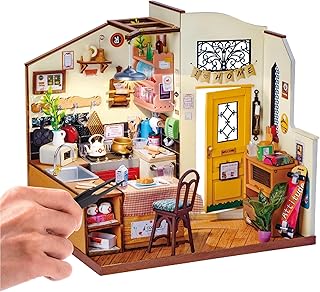
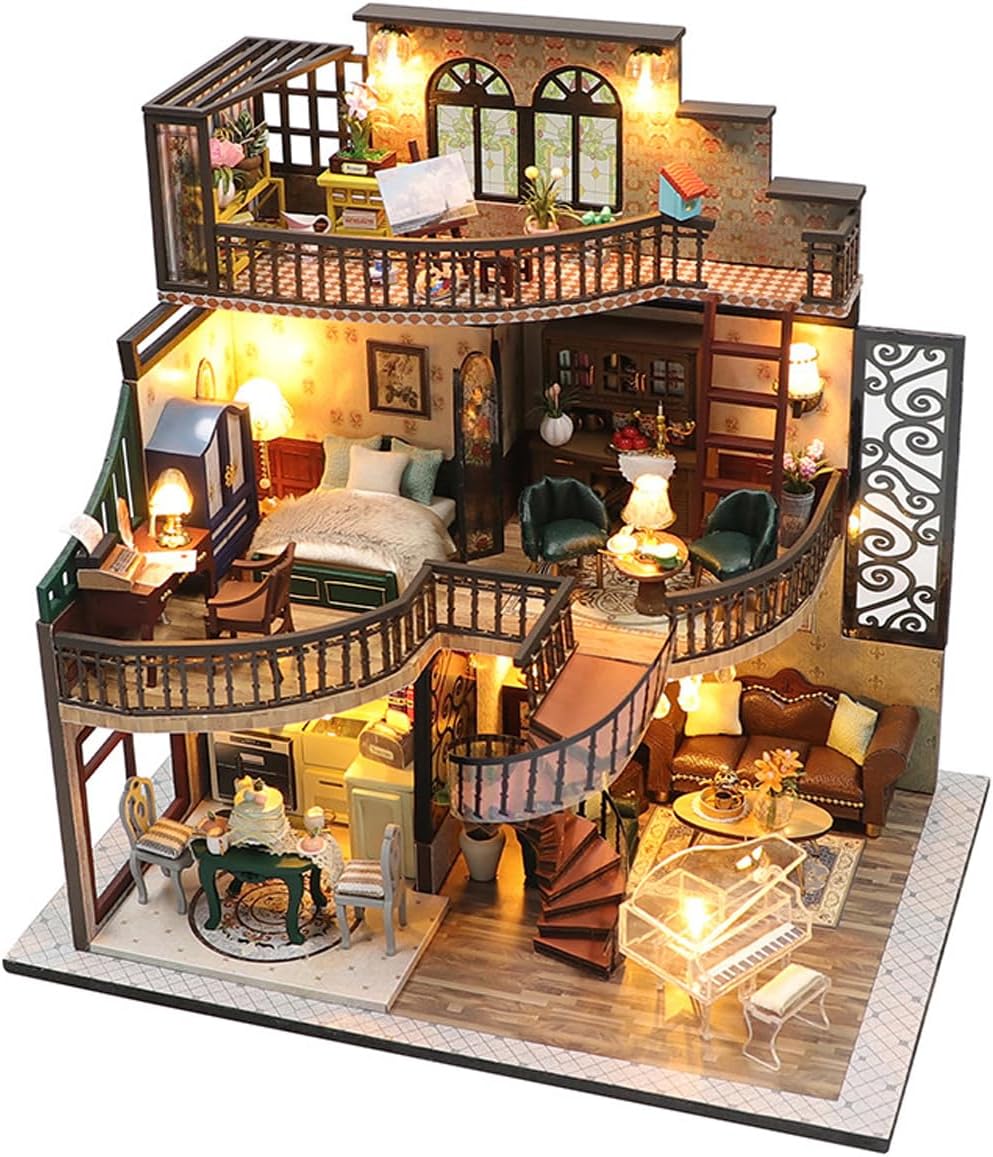




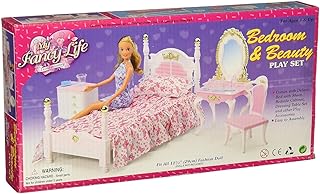



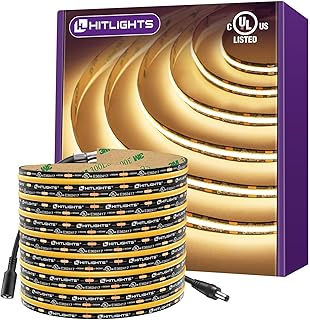
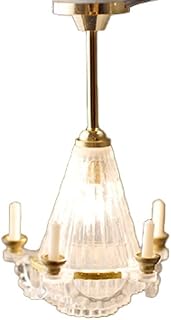
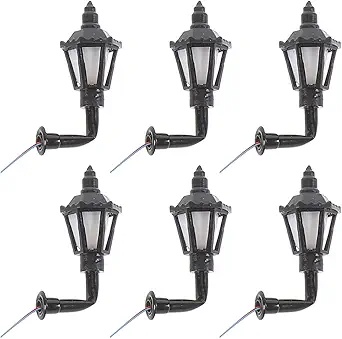

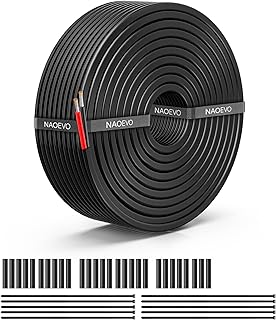
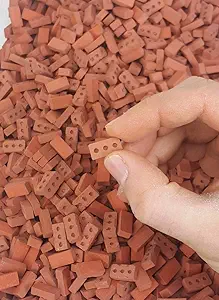


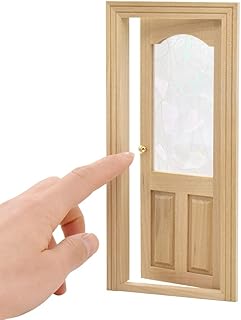
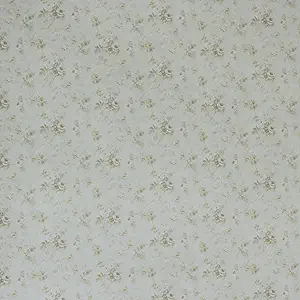

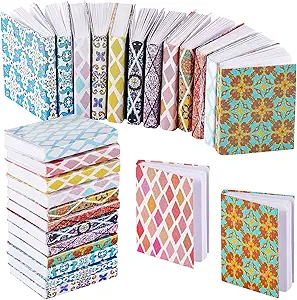



Pingback: What is a Diorama? A Complete Guide to Building Miniature Worlds
Pingback: How to Make a Fairy House: An Enchanted Masterclass